Image source: Pixabay
Arratsalde on! This means ‘good afternoon’ in Basque, one of the languages spoken in Donostia (San Sebastian), one of the most picturesque cities in Spain. Founded in 1180, the city of San Sebastian spans over 60 square kilometers and a population of 186,000 inhabitants and lies on the southern coast of Biscay Bay. Each year, tens of thousands of tourists flood the city in an attempt to take home something of its beauty, for this jewel has always been trapped between two worlds – splendid Spain and the region’s desire to obtain autonomy. Albeit impossible, in this article, we will try to paint you a picture of Donostia – its people, its winding streets, and history-laden monuments.
San Sebastian at a Glance
The Food
Did you know that the city of San Sebastian has the highest Michelin score per capita? For those of you who are interested in savoring the culinary delights of Donostia, the city has seven world-renowned restaurants totaling 12 Michelin stars. The city’s signature dishes include dried and salt cod, cococha (fish jaws), Idiazabal cheese (pressed cheese made exclusively from unpasteurized sheep milk), and, of course, the pincho (quick snack, usually served in bars, which includes hake, anchovy, tortillas, peppers, and croquettes).
The Culture
Great food is not the only thing Donostia has to offer. For those of you who are in love with the big screen, you might want to postpone your trip for September for the San Sebastian International Film Festival. With a tradition that goes back to the early 50s, many famous actors and actresses have walked across the red carpet. To name just a couple of them – Catherine Deneuve, Harrison Ford, Anthony Quin, Kirk Douglass, Max von Sydow, Charlize Theron, and Monica Bellucci.
For those of you with cultural inclinations, the San Telmo Museum, dedicate to Basque history and culture, has a vast collection of art elements (over 20,000). Ayuntamiento, or the City Hall, is a feast for the eyes. Built in the late 19th century, this building used to be a casino and a place of refuge for spies (Mata Hari) and political misfits during the First World War.
San Sebastian Beaches
Considering R&R, San Sebastian touts some of the most amazing beaches in the world. La Concha beach lies a stone’s throws away from the Old Town and, of course, from the Miramar Palace. This exquisite beach has been attracting tourists since the 19th century. And for good reasons too.
During her reign, Regent Queen Maria Cristina was so in love with this stretch of land that she did her best to transform it into something truly unique. And so, by the turn of the century, San Sebastian had been declared the summer capital of Europe. The other two beaches are called Ondarretta, which is the smallest and a popular destination among Basque families, and Zurriola beach, which attracts surfers and divers.
Donostia – The Place Where Stories Intertwine with Real Life
Beyond history-laden promenades, memories of decorations paraded during glamorous parties, and moon-lit beaches, Donostia is the sort of place haunted by romantic stories, shaped and reshaped by fancy, by impression, by what we leave behind and take with us.
Anywhere you go, the sea calls out to you. And let me tell you, it’s a sight to behold – roaring waves that whoosh as they go past the boat and the ever-growing silence, sans the low rumble of the boat’s engine. It’s a thrill to look out the window and see that Oxford blue sea stretching as far as the eye can see. The romantic fancy cannot stand idly by as the coast, sky, and sea clash as if they were part of Turner’s arrangements.
Image source: Creative Photo Connect
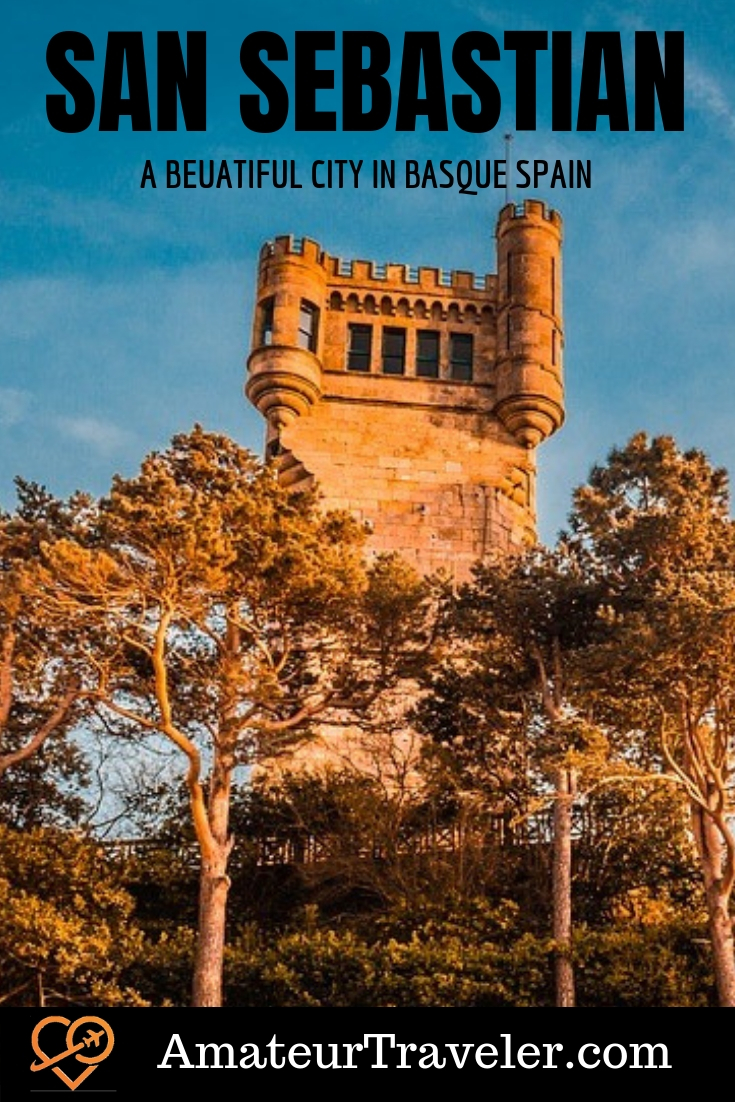
Once you get ashore, you have this gizzy feeling inside of you, as though something’s missing, something that was always there, but you simply didn’t know about it. Not to worry, because there’s always a room with a view, as the novel goes. The hotel where I stayed was smack on the seashore.
If you want to get an idea of how close the hotel was to the sea, sometimes, at night, when the winds were howling, I had to close my window as the floor kept getting wet. But the neighborhood was still a sight to behold – old family businesses that entreated clients with various local delicacies, bookstores, and antiquaries, all of them arranged as to form the outline of a falcon’s head.
The best thing about the place I stayed at was that you could choose your scenery. The front window opened up to the sea, while the other one had a lovely view of the city and the mountains.
- Get an eSim to be able to use your smartphone abroad.
- Get a Car Rental
- Get a universal plug adapter
- Search for Great Tours HERE
- Buy Travel Insurance
- Book Your Accommodation HERE
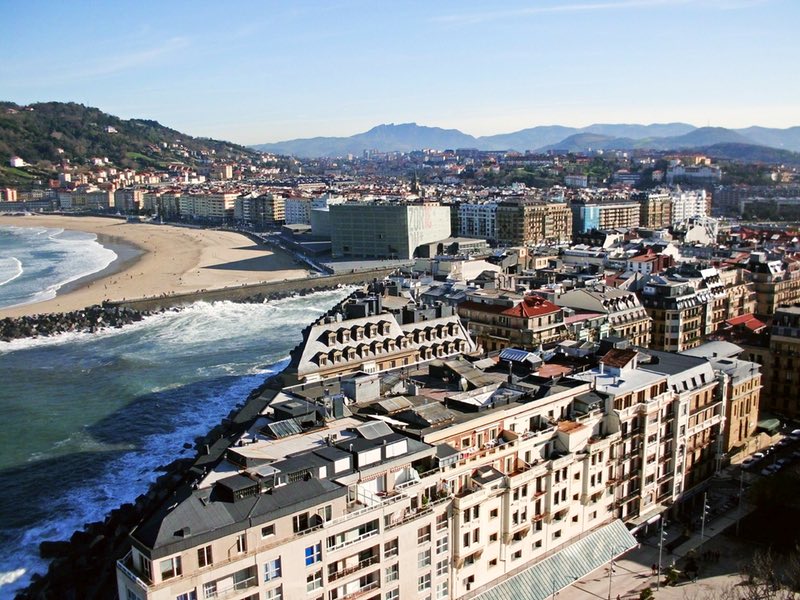
Image source: Creative Photo Connect
San Sebastian is the kind of city that somehow manages to retain your interest even if you’ve seen it a thousand times. Even a casual stroll along a boulevard can surprise you. While exploring Boulevard Avenue, my attention was caught by the most peculiar thing imaginable – an automobile so quaint that you simply couldn’t have missed it. Still, it felt like it belonged there, like a long-lost relative whom you haven’t seen since childhood. Like most San Sebastian streets, Boulevard Avenue is riddled with history – the cobblestone that retains the echo of horse-drawn carriages and remnants of fortifications.
So, it’s no wonder to see such sights while wandering the city. The sight in question took me back to the early 20s, more specifically – fancy cars, glamorous parties, and the never-ending spin of the roulette. I have to say that it was a breath of fresh air after that classic was clashing with modern. There’s a story to be told here. Unfortunately, the author was in such a hurry to run the red light that I didn’t have a chance to ask him anything. On the bright side, the picture itself says more than words ever can.
Backtracking a bit because memory works in mysterious ways, remember Biscay Bay and the cruise? Well, even though dusk is the best time to witness the beauty of San Sebastian, the so-called afternoon delights are also a sight to behold. During one of these trips, our guide, who was a fisherman, took us around the bay to witness the beauty, the ‘splendor’ he called it, of having one of the oldest jobs in the world. It was a thrill to witness the fishing boats throwing their nets in the water and waiting. There was something very peaceful about this panorama even though the boats were moving, and everything was so still. ‘Twas a picture out of Kazantzakis’ novels, minus the Mediterranean allure.
Image source: Creative Photo Connect
The Sad Tale of an Antique Bike
Now that our little intermezzo is over, I need to share with you one of the most heartbreaking tales I happened to come upon while wandering the streets of Donostia. Between Lasala Square and Plaza de la Constitucion, there’s a narrow street called Enbeltran. There’s nothing special about this stretch of road – an old building in desperate need of repairs, a couple of shops, and a cafe. However, at the far end of the street, where Enbeltran meets San Juan, there’s a two-story house with a flight of stairs and a corroded metal rail.
Resting near the stairs, there’s a rusty old bike secured with a big padlock to the rail. Now, for the unaware tourist, this would get labeled as a curiosity and nothing more. However, there’s more to the bike story. It’s entire demeanor led me to inquire of a shop owner about it. The story itself is tear-jerking, to say the least.
So, as the tale goes, that bike has been sitting in the same place for the past seven decades. Apparently, it belonged to a postman named Abarran, who, during the Second World War, used to deliver letters to the wives and mothers expecting news from their loved ones. Sometime during the last year of the war, Abarran got drafted.
Before he left, he asked Ximenia, his wife, to take care of the house and his bike during his absence. Mrs. Ximenia knew how fond her husband was off the bike and diligently took care of it. Each day, she could be seen standing next to the bike, picturing how her husband would come home and start doing his morning rounds.
One day, Ximenia received a letter from the Army informing her of her husband’s death. Heartbroken, the widow refused to acknowledge that her husband passed away on some distant battlefield and continued to wait for his return. Until she passed away in the early 90s, she kept a vigil near Abarran’s bike.
More than that, convinced that her husband could be back anytime, she asked the local mechanic to keep the bike in working order. Still, since Abarran’s death, the bike has never moved. People sometimes come to this place to hear the story of Ximena and to see the antique bike.
Image source: Creative Photo Connect
My journey ended in the far north, near the slopes of Monte Urgull. There, perched on top, are the ruins of a naval fort. Although in ruins, the fort still has a couple of cannons aimed towards the sea as though to repel an armada. The evening was a little cloudy, but that didn’t deter me from snapping an awesome picture of the moon. And that, my friends, is the end of a marvelous holiday.
Image source: Creative Photo Connect
Conclusion
San Sebastian is definitely the city of stories. Anywhere you go, you’re bound to stumble upon great stories. The city itself always seems to be hanging between the old and the new. So, what are you waiting for? Book your plane tickets and bon voyage!
Leave a Reply
Tags: article, basque country, san sebastian, spain

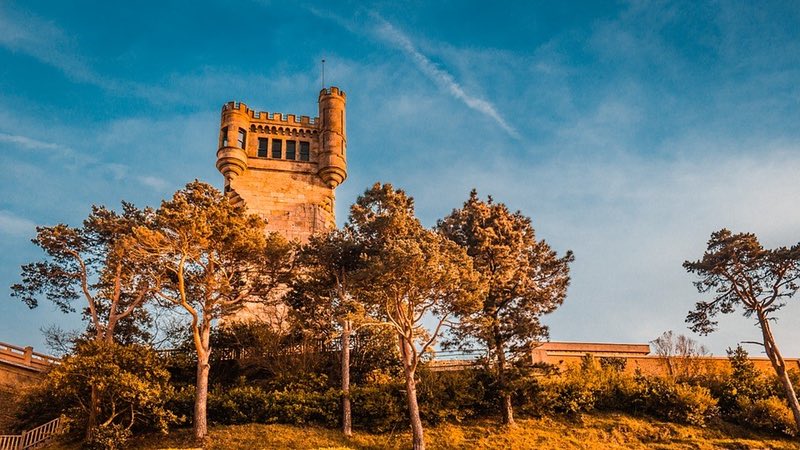
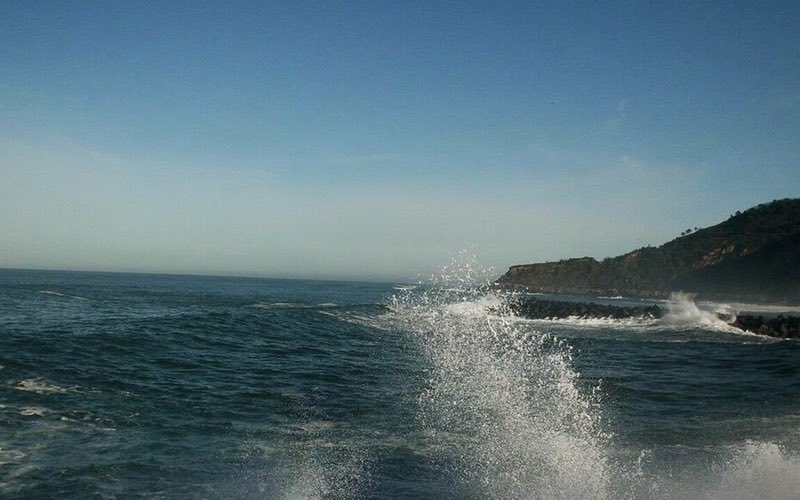
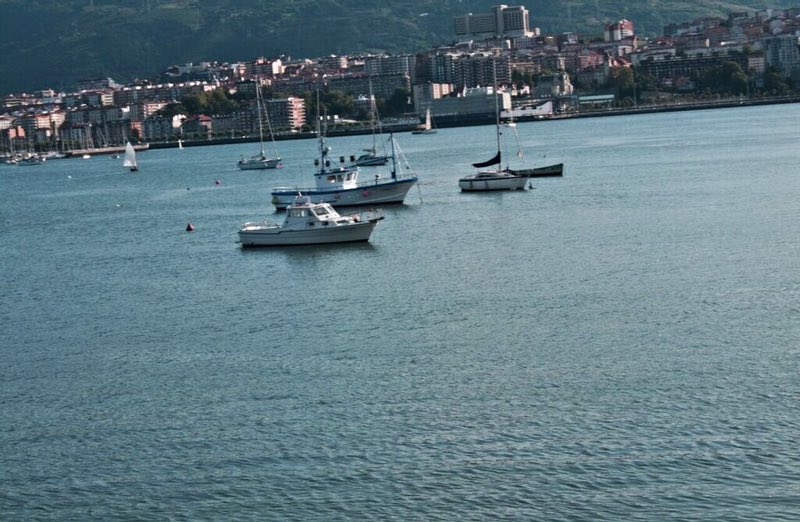
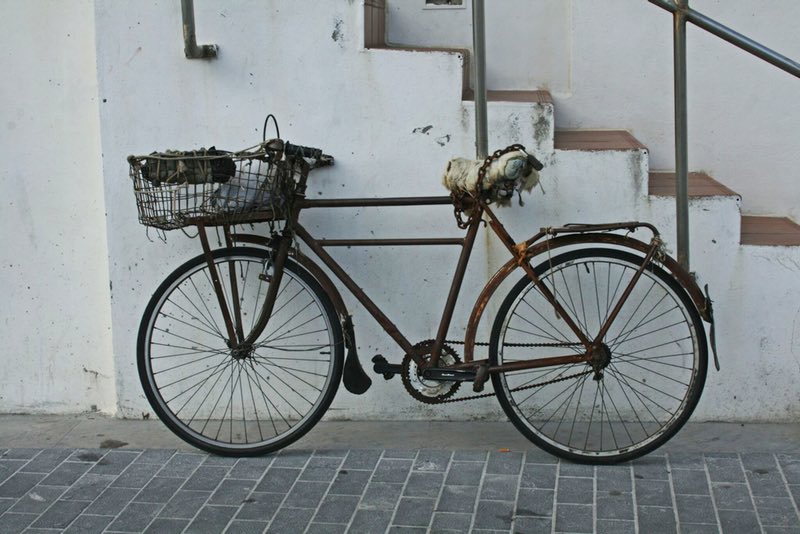
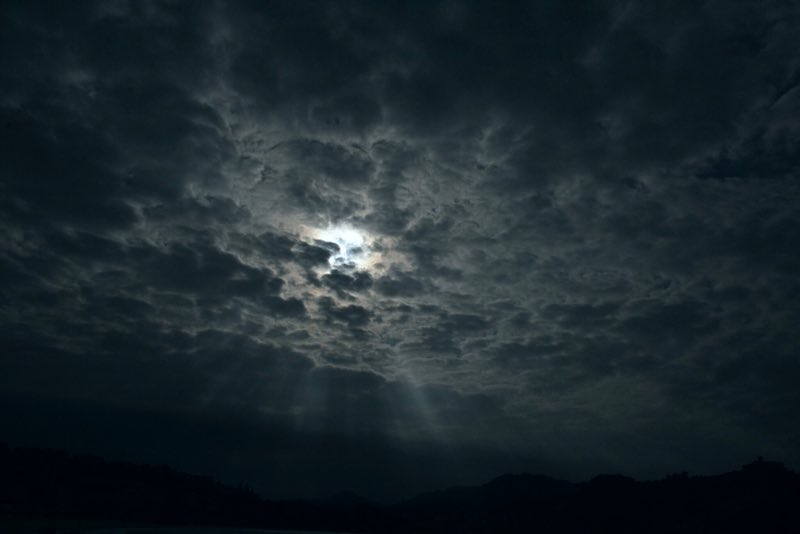
 5 Reasons Why You Must Visit San Sebastian, Spain
5 Reasons Why You Must Visit San Sebastian, Spain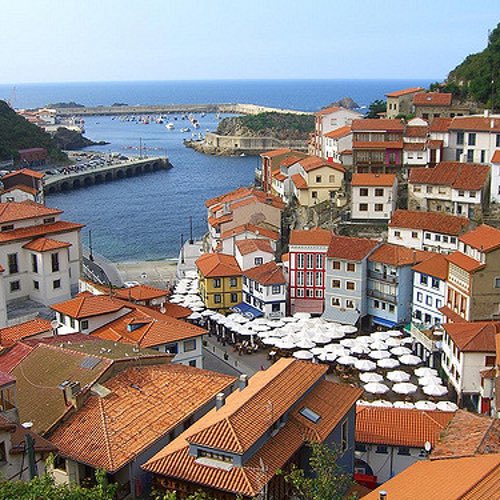 5 Northern Spain Road Trips You Don’t Want to Miss
5 Northern Spain Road Trips You Don’t Want to Miss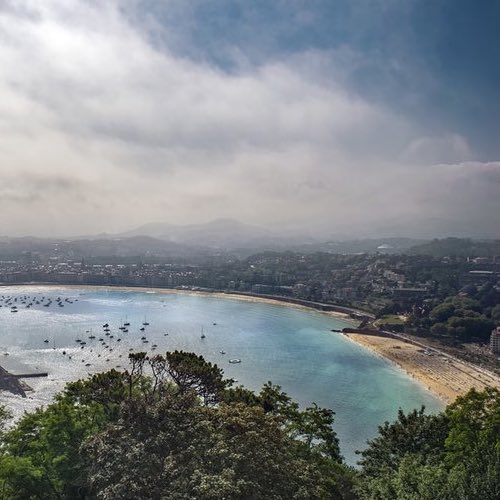 5 Cities in Northern Spain You Must Visit
5 Cities in Northern Spain You Must Visit Off the Beaten Path in Spain – 9 Places to Avoid the Crowds
Off the Beaten Path in Spain – 9 Places to Avoid the Crowds
